Here’s Exactly How Experts Get Rid of Facial Hair
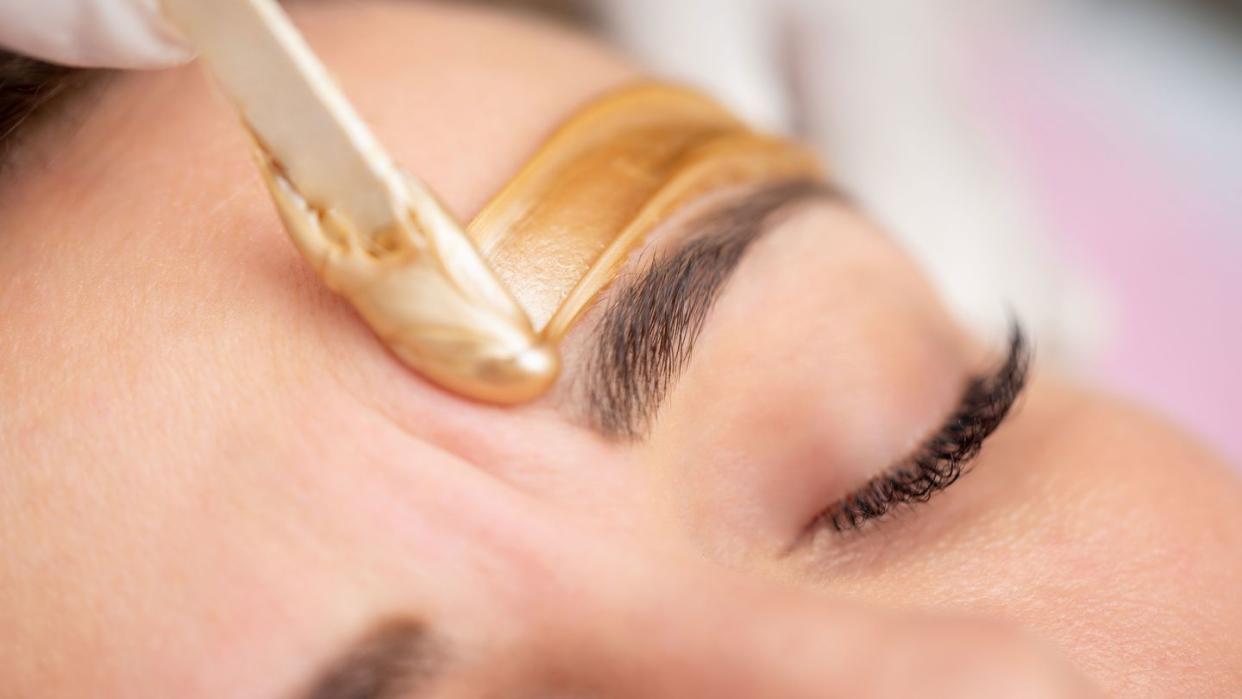
"Hearst Magazines and Yahoo may earn commission or revenue on some items through these links."
When it comes to the best facial hair removal methods, you’ve likely heard of (and even experienced) the usual suspects, waxing and tweezing—but there are actually more than 10 expert-approved ways to leave your skin baby soft. From shaping your brows to removing hair above your lips, read on for a comprehensive guide to the professional-endorsed ways to finally get rid of pesky facial hair.
1. Waxing
The art of waxing, unsurprisingly, involves applying either hard or soft wax to remove facial hair. Gina Petak, an education manager at the European Wax Center, tells Bazaar that wax is made to adhere to body hair for thorough removal at its root. The practice helps avoid rough stubble over time, keeping skin feeling smoother longer.
What to expect during a professional visit
A specialist will first prep the skin by cleaning off any makeup, oils, or lotions that may prevent wax from properly attaching to your hair. Next, warm wax is applied to the area of choice, whether it’s the eyebrows, chin, or upper lip. Once it cools, the wax hardens just enough to allow itself to be gently removed, along with any lingering hairs. And to help soothe waxed skin, a professional applies a calming serum or lotion to minimize redness and potential irritation.
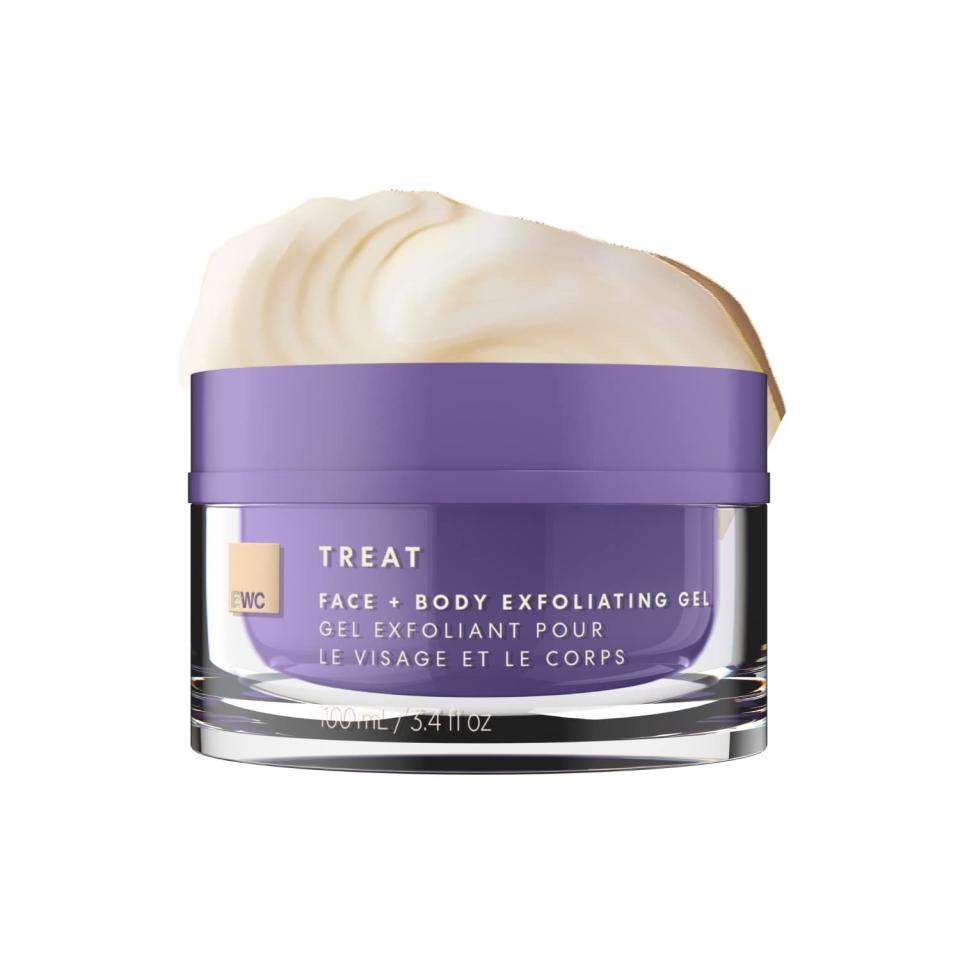
Face & Body Exfoliating Gel
amazon.com
$40.00
AmazonPetak recommends your hair be at least a quarter of an inch long prior to your appointment, so the wax has enough to grip onto. She also recommends exfoliating your face the day before (and in the weeks following) to remove dead skin cells and allow for a smoother wax. Immediately after a wax, professionals say to avoid activities that may be irritating to skin (like swimming), as well as use of harsh physical scrubs.
2. Sugaring
Safe for most skin types, sugaring is considered a gentler version of waxing, though it can lead to some redness, irritation, or itching. People with sensitive skin may get bumps or rashes. Similar to waxing, sugaring is a method of hair removal involving a paste—made of lemon, water, and sugar—that is heated to a taffy-like consistency to remove body hair at the root.
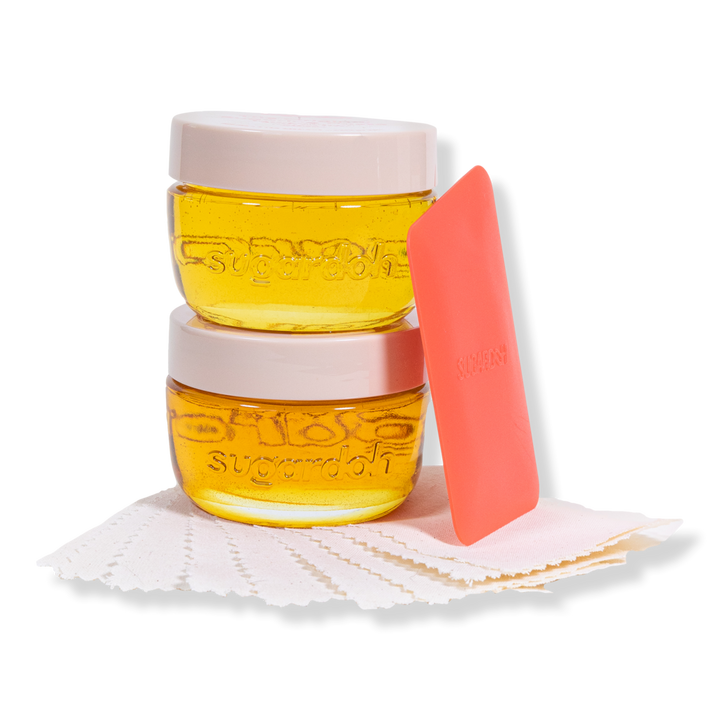
Head-to-Toe Sugaring Kit
ulta.com
$50.00
UltaWhat to expect during a professional visit
According to licensed aesthetician Courtney Rashidi, there are two main differences between waxing and sugaring. Wax is usually applied in the direction of hair growth, and then removed in the other direction. With sugaring, however, a professional places the substance in the opposite direction to hair growth, with removal going in the same direction as your natural hair growth. Additionally, the sugar paste doesn’t adhere to skin like wax does, so it won’t cause skin irritation or hair follicle breakage.
As with waxing, Rashidi recommends exfoliating and moisturizing skin a few days before your appointment, so the sugar can properly remove hair from the root. Try to relax, too: Experts say the more tense you are during the process, the more painful it can be. If you’re worried about pain, Rashidi recommends taking an over-the-counter pain reliever (like Advil) about an hour before your appointment. In regard to aftercare, experts advise avoiding exercise, scented lotions, and direct heat for up to 24 hours to prevent irritation.
3. Threading
Threading is an ancient eyebrow hair removal technique that involves using threads to quickly pull and remove hair. Two long threads are twisted in unison to pluck hair out with a quicker movement than tweezing. Another benefit of threading? Its precision.
Rashidi adds that threading is ideal for those with sensitive or acne-prone skin, as the swiftness of the threads moving along the skin lessens the chance of irritation and ingrown hairs. If it’s your first time threading to remove facial hair, full disclosure: The sensation may feel a bit intense, and may take some time to get used to. However, results from this method can last up to four weeks per appointment.
4. Dermaplaning
Dermaplaning is a facial treatment designed to gently shave off the top layer of skin and peach fuzz, which ultimately smooths and brightens the face. It can be done in-office by a licensed aesthetician with a surgical scalpel, or even at home with a proper dermaplaning device. According to Dermaflash founder Dara Levy, when performed at home, the practice usually takes no more than 10 minutes.
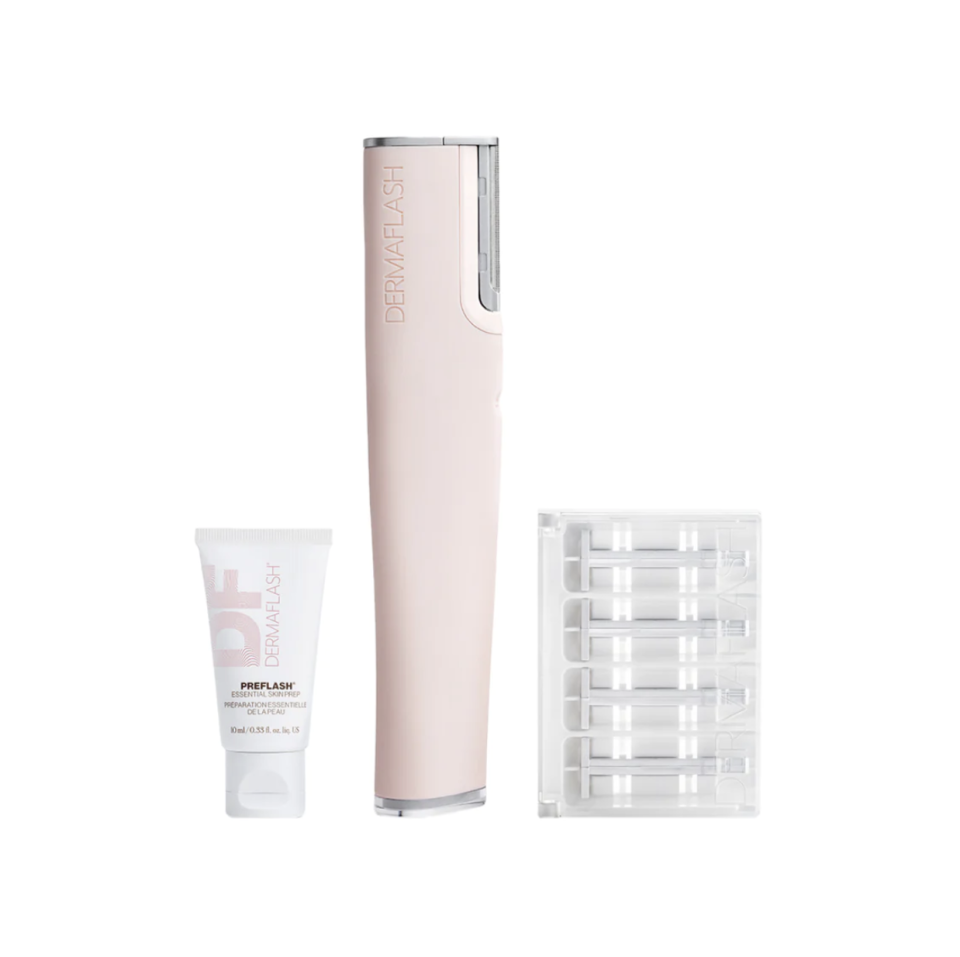
Luxe+
bluemercury.com
$199.00
BluemercuryHow to dermaplane at home
Before reaching for your dermaplaning device, Levy recommends cleansing your face and then patting it dry, which allows for a deeper exfoliation. Next, with your free hand, hold your skin taut while the other moves the device downward in short, precise motions.
No need to worry about whether it’s safe to apply the rest of your skincare; you shouldn’t have any trouble using most of your go-to serums, moisturizer, or masks directly afterward (and you may find that your makeup applies even more smoothly, too). While there’s technically no downtime, Levy advises waiting at least 24 hours before using retinol to minimize the chance of irritation.
5. Tweezing
Tweezing involves using a tweezer to pluck out hair from the surface. While easy to do, there are some ways you can get the most out of tweezing. Rashidi recommends making sure your skin is squeaky-clean, so tat you can get the best grip on each hair. She also highly suggests sterilizing your tweezer to reduce the chances of bacterial transfer.
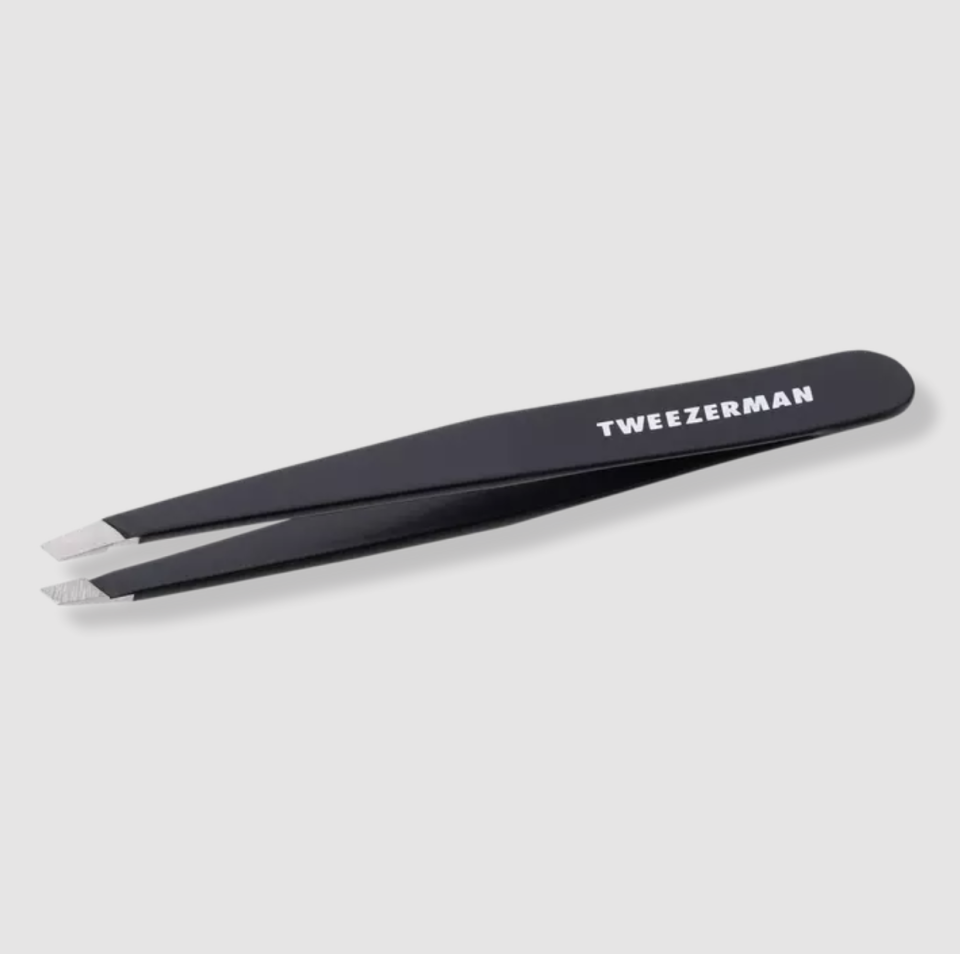
Slant Tweezer
ulta.com
$23.00
UltaWhen tweezing, professionals advise grabbing each hair as close to the skin as possible, to ensure the entire follicle is removed at the root. Placing your tool at the end of a hair follicle heightens the chances of breakage when targeting hairs.
6. Coil Removers
Coil removers may seem like a complicated hair removal tool, but they’re actually fairly easy to use—think of them as a combination between tweezing and threading. Rashidi says to bend a coil remover into a U shape by rolling each of its handles inward (similar to a squeezing motion) as you glide it against your skin.
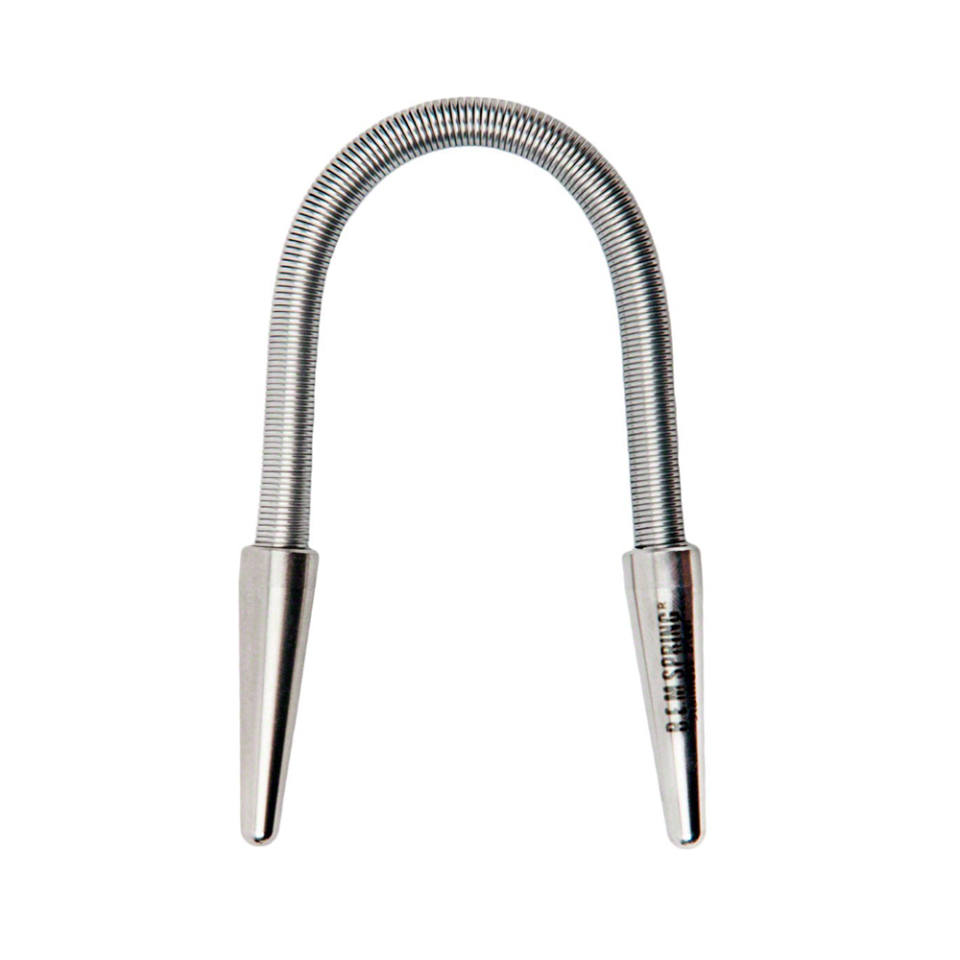
Spring Facial Hair Remover
amazon.com
$19.95
AmazonAs with threading, the expert recommends exfoliating your face before using a coil remover, to reduce the risk of ingrown hairs. Coil removers are best used to remove hairy spots on the upper lip, chin, and cheeks. Since they’re not ideal for targeting specific hairs, professionals don’t advise using the tools on your eyebrows.
7. Hair Removal Creams
Hair removal creams, also known as depilatories, feature a blend of ingredients that dissolve hair down to its root, according to board-certified dermatologist Morgan Rabach. Jeannette Graf, a board-certified dermatologist and assistant clinical professor of dermatology at Mount Sinai School of Medicine, adds that this breakdown of the hair strand’s protein structure allows for hair to easily slough off when the cream is removed.
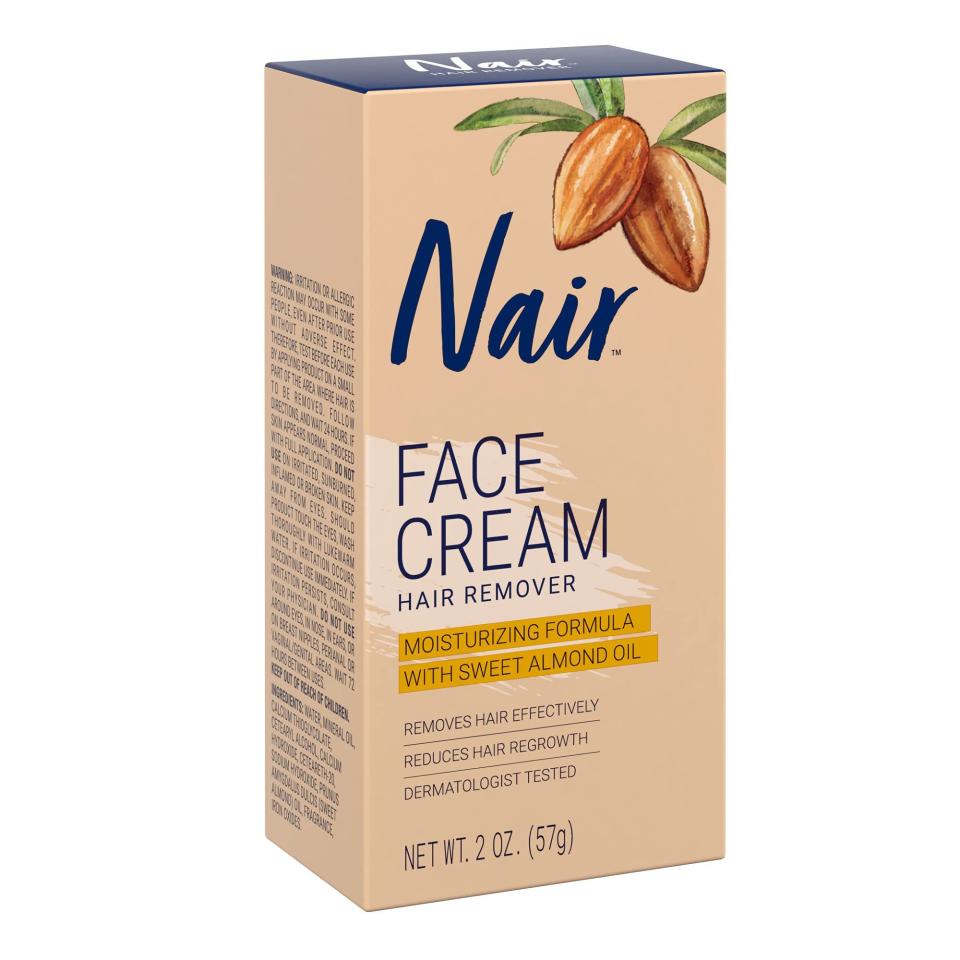
Hair Remover Moisturizing Face Cream with Sweet Almond Oil
amazon.com
$7.96
AmazonGraf warns that hair removal creams can irritate the skin or cause an adverse dermatological reaction, based on your skin type and the brand you choose. “I would try a large name brand like Nair with great reviews first, but truly hair removal cream efficacy is very reliant on the person’s skin type,” she explains. Rabach recommends trying a test patch of your formula of choice on your arm, to see if there’s a reaction. If there isn’t, she advises waiting a day or so, and then applying the cream directly to your face.
8. Prescription Cream
The only prescription cream approved by the U.S. Food and Drug Administration for hair removal is Vaniqa. Rabach explains that this cream stops hair growth at the earliest phase of production. The dermatologist also says that cream works only if you continually use it. “Otherwise the hair grows back,” she says.
Graf says Vaniqa is for people with extremely sensitive skin and mostly catered to specific needs (such as if you have coarse hair). In contrast, she says, over-the-counter hair removal creams are more generic and “one size fits all.”
9. Laser Hair Removal
Another popular option for both professional and at-home treatment is laser hair removal. “Because using lasers offers a more targeted treatment, they reduce the potential of irritation or bumps that may be associated with shaving or waxing,” board-certified dermatologist Marisa Garshick previously told Bazaar. Note that facial hair cycles are shorter than body hair, so upkeep will mean coming in every four weeks, instead of every eight.
People with darker skin should only go to laser hair removal providers with devices that deliver the right wavelength and frequency for their skin tone. Rabach recommends avoiding retinol, exfoliants, and direct sun exposure the week ahead of your appointment, as well as wearing sunscreen afterward (and always).
10. Electrolysis
For a more permanent hair removal solution, experts recommend electrolysis. Electrolysis sends electric currents through the follicles to remove hairs and stop new ones from growing. “Many people enjoy electrolysis because it is a permanent treatment that can safely target sensitive areas while being precise,” Graf says.
Full disclosure: Electrolysis is a somewhat lengthy process that requires full commitment to see it through to completion. The dermatologist says a monthly session can last anywhere from 15 minutes to an hour, with additional complete removal after between 10 and 30 sessions, depending on the size and number of hairs being treated.
Meet the Experts
Gina Petak is a licensed aesthetician and the education manager at the European Wax Center.
Courtney Rashidi is a licensed aesthetician in Alexandria, Kentucky.
Dara Levy is a skincare expert and the founder of Dermaflash.
Dr. Morgan Rabach, M.D., is a board-certified dermatologist at LM Medical NYC in New York City.
Dr. Jeannette Graf, M.D., is a board-certified dermatologist and clinical assistant professor of dermatology at the Icahn School of Medicine at Mount Sinai Hospital in New York.
Why trust Harper’s Bazaar?
For more than 150 years, Harper’s Bazaar has been the preeminent fashion and beauty resource for women at every age. We cover what’s new and what’s next in beauty by working with the world’s leading authorities in dermatology, plastic surgery, cosmetics, skincare, haircare, and fragrance. Every story we publish has been thoroughly researched and vetted by our team of beauty editors and industry experts.
You Might Also Like

